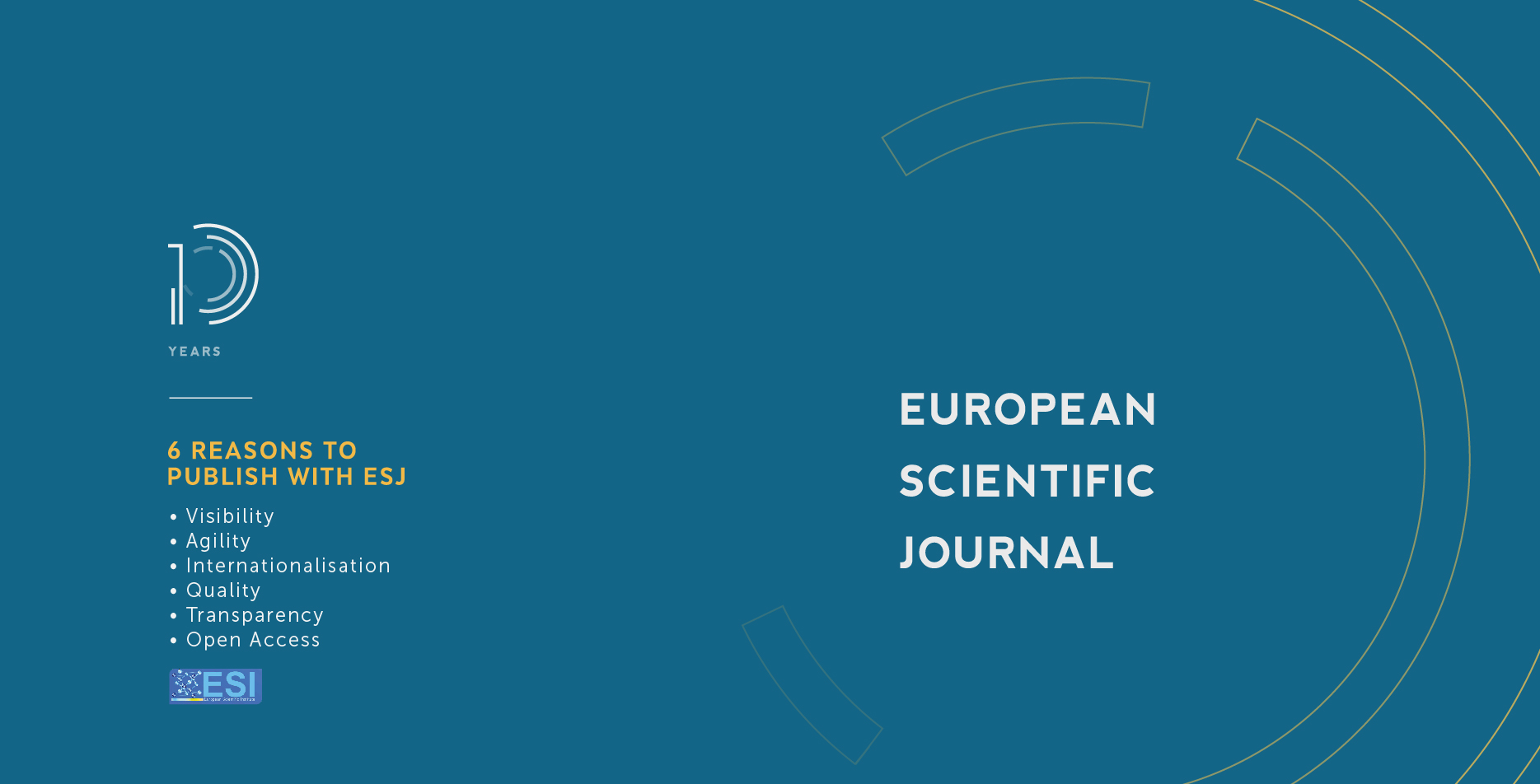Calibration of Ångström-Prescott Coefficients to Estimate Global Solar Radiation in Côte d’Ivoire
Abstract
In this study, we used monthly mean daily global radiation data and sunshine durations from nine (9) weather stations in Côte d’Ivoire to determine the annual Ångström-Prescott coefficients. The calibration of the Ångström-Prescott equation has been done through linear regression using the least square method. The empirical coefficients obtained are utilized to predict the global horizontal irradiance over the nine (9) weather stations of interest. Estimated and measured global radiations were compared using the root mean square error (RMSE), the mean bias error (MBE), the mean absolute bias error (MABE), the mean percentage error (MPE), the Nash-Sutcliffe coefficient of efficiency (NSE), and the statistic -test (). The low values of the statistic t-test (from 0.10 to 1.07) and MPE (from -0.413 to 0.201) indicate a good performance of the model. The high values of the coefficient of determination R² (from 0.9776 to 0.9916) show a remarkable agreement between predicted and measured global solar radiations. This remark is also confirmed by the high values of NSE (from 0.8671 to 0.9819) closer to 1. The obtained values of MBE (from -18.17 to 8.69 kWh/m²), MABE (from 7.16 to 8.52 kWh/m²), and RMSE (69.1 to 167.3 kWh/m²) show a low deviation or bias between the estimate and the measurements. The Ångström-Prescott coefficients determinants are consistent and can be used to efficiently calculate the global horizontal irradiance. The model established can be recommended to be used in the nine (9) weather stations to accurately estimate global solar radiation on horizontal surfaces.
Downloads
Metrics
PlumX Statistics
Copyright (c) 2021 Maurice Aka Djoman, Wanignon Ferdinand Fassinou, Augustin Memeledje

This work is licensed under a Creative Commons Attribution-NonCommercial-NoDerivatives 4.0 International License.








